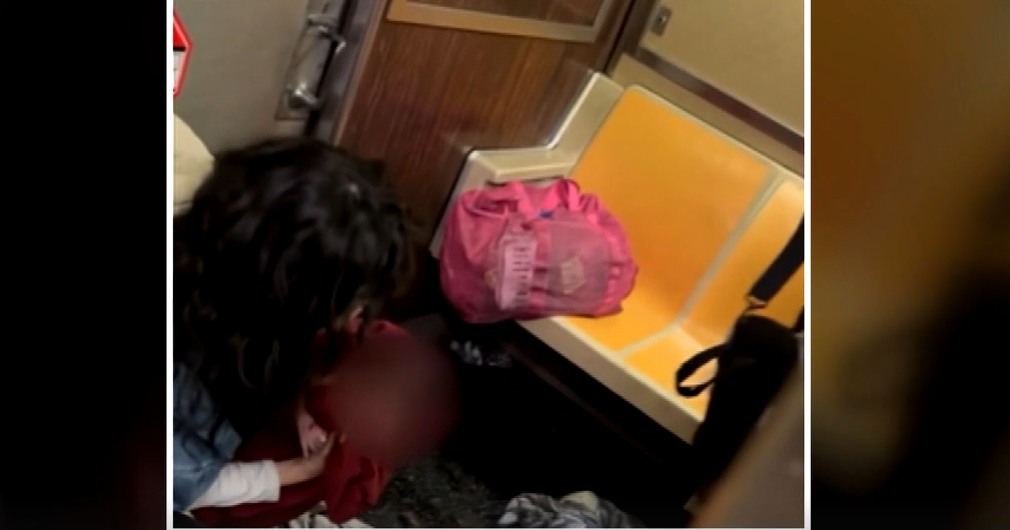Luxury Lovers Rejoice: Miami's Design District To Take On Bal Harbour
MIAMI (CBSMiami) — Women, welcome to your wonderland. Bal Harbour Shops, you've been put on notice.
Diamond baubles from Cartier glitter in one window, Louis Vuitton's signature leather bags beckon from across the street and another storefront displays Hermes' silk scarves.
CBS4 news partner The Miami Herald reports this is the scene that will greet visitors to Miami's Design District, as the neighborhood begins its dramatic metamorphosis into the new hot spot for luxury shopping.
Cartier and Celine have just opened their doors. Louis Vuitton will do so on Oct. 19. Hermes and Christian Dior Men are under construction. Right behind that will be Pucci. By the time Art Basel and the holiday shopping season arrive, there should be 8 to 10 luxury brands lining the Design District's Northeast 40th Street corridor.
These openings are a sign of Miami's ascent as a fashion destination.
"For most luxury brands Miami is one of the top three markets in North America, along with New York and Los Angeles," said Valérie Chapoulaud-Floquet, president and chief executive officer of Louis Vuitton North America. "The Miami market has grown quicker than the rest of North America."
For decades the Bal Harbour Shops offered the only option for luxury in Miami-Dade County. But no longer is having one store in the market enough for these luxury brands.
"Miami has been under retailed for luxury because of the strength of the local market and the strong growth of tourists coming to Miami," said Emmanuel Perrin, president and chief executive officer of Cartier North America. "This market can support several Cartier boutiques. It was just a question of time before the luxury market evolved. Everyone has been waiting for the right project to come along."
Louis Vuitton and Cartier both left Bal Harbour Shops last summer because the mall didn't have the space for them to expand. The retailers were also prohibited from opening a second store within 20 miles unless Bal Harbour's owners got a piece of the new store's revenue.
Now, Louis Vuitton already has opened another store at Aventura Mall and Cartier is assessing the market. It's all part of an unfolding game of musical chairs that ends the monopoly of Bal Harbour, which has controlled the luxury retail market since 1965.
By 2014, developer Craig Robins expects to have 40 to 50 luxury brands spread throughout the Design District, creating a new urban destination for fashionistas. Already committed to the area are about 30 tenants, including Fendi, Bulgari, Pucci, De Beers, Zegna, Tom Ford, Burberry and Marc by Marc Jacobs. They will join the district's original fashion tenants Christian Louboutin, Marni and Martin Margiela.
"We're starting to build critical mass," Robins said. "We continue to find that more and more brands are interested in coming. This is an exciting moment for the Design District. People are going to feel the transition and the power of integrating fashion with art, design and food."
Many of the brands are giving up space at Bal Harbour, which the International Council of Shopping Center recently designated the top producing mall in the world. But they say they don't believe the move will have any negative impact on their business.
"We have made a seamless transition," said Vira V. Capeci, president of Celine. "Our clients have followed us to this exciting location."
Right now, Cartier's name sparkling against the backdrop of a bronze storefront may look a little out of place as the area undergoes a transition. But soon Louis Vuitton will make a dramatic statement across the street with a storefront covered by an original work of art from graffiti artist Marquis Lewis, known as RETNA.
There may be growing pains in this gentrifying neighborhood. Will consumers be willing to spend thousands of dollars on jewelry, handbags and clothes just a few blocks away from some of Miami's more impoverished neighborhoods?
At Cartier a security guard stands close by watching over an offering that includes a rare yellow diamond and a $310,000, diamond-encrusted panther pendant and necklace.
"I like the idea of an urban neighborhood where you have crackheads here and Cartier over there," said Denia Roth, a Miami resident who was lunching this week at Michael's Genuine in the Design District. "The diversity brings everyone together."
The retailers have more freedom to design the look of their stores and open bigger showrooms featuring a wider variety of offerings. Cartier's new store is three times larger than what it had at Bal Harbour.
And these stores are only the beginning. Cartier and Louis Vuitton are among several brands opening temporary locations, until they can design and build flagship stores. When these stores open in 2014, they're expected to be among the brands' largest stores in the U.S. outside of Manhattan.
"We want to take our client experience to the next level and serve our clients in comfort," Perrin said.
Louis Vuitton felt it was important to get into the Design District early.
"We like to be part of building a story, it's part of our pioneering spirit," Chapoulaud-Floquet said. "We think we're going to be able to communicate with a very different clientele that is younger, more trendy and much more open to art and culture."
Although it's been a year since Louis Vuitton and others started leaving Bal Harbour, operating partner Matthew Whitman Lazenby says same store sales continue to grow — up 16 percent for the first six months of the year compared to last year.
But Lazenby says his family has had a change of heart about allowing tenants to remain at Bal Harbour and still open a second location in Miami-Dade County.
"You can't deny there has been demand expressed by more than one tenant," Lazenby said. "Miami has reached the point in its evolution where more than one store can be sustained. We are adapting to the marketplace and trying to accommodate the needs of our tenants."



